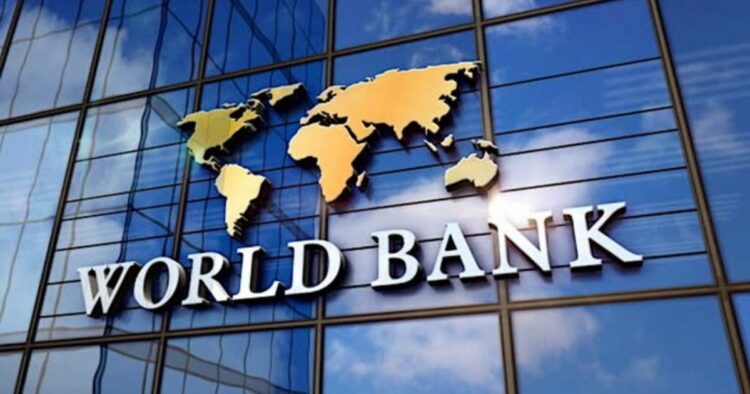A new report from the World Bank sheds light on the difficulties that over 100 developing countries face in their quest to achieve high-income status. This comprehensive study, known as the World Development Report 2024, offers insights into the so-called “middle-income trap,” a common hurdle for nations that find themselves stuck in a development limbo.
Understanding the Middle-Income Trap
According to the report, many countries reach a point where their progress stalls when their income per person is about 10% of the annual U.S. GDP per capita. Currently, this translates to around USD 8,000 per person. This level of income is right in the middle of the World Bank’s definition of “middle-income” countries.
Since 1990, only 34 of these middle-income economies have successfully transitioned to high-income status. Notably, a significant portion of these successes involved countries that either joined the European Union or discovered new oil reserves.
Current Economic Landscape
As of late 2023, there were 108 countries classified as middle-income. These nations, which are home to around six billion people-about 75% of the global population- also contain two-thirds of the world’s extremely poor. These countries contribute more than 40% of the global GDP and are responsible for over 60% of carbon emissions. They face several significant challenges, including rapidly aging populations, increasing protectionism from developed economies, and the urgent need for energy transitions.
The 3i Strategy for Economic Growth
To tackle these challenges and escape the middle-income trap, the report proposes a “3i strategy” that involves three stages of development: investment, infusion, and innovation.
- Investment: At the initial phase, low-income countries should focus on increasing investment. This involves boosting public and private investments to build infrastructure and promote economic activity.
- Infusion: Once a country reaches lower-middle-income status, it should transition to the second phase, which combines investment with the infusion of foreign technologies. This means adopting and spreading advanced technologies from abroad throughout the economy.
- Innovation: In the final phase, known as the 3i phase, upper-middle-income countries should start focusing on innovation. This phase involves not just borrowing technologies but also creating new ones and pushing the boundaries of global technology.
The report highlights South Korea as a prime example of a country that successfully navigated all three phases of the 3i strategy. In 1960, South Korea’s income per capita was just USD 1,200. By the end of 2023, it had risen to USD 33,000.
South Korea began with a focus on increasing public investment and encouraging private investment. Over time, it moved through the phases by incorporating new technologies and eventually fostering its own innovations.
Other countries, like Poland and Chile, have also followed similar paths. Poland concentrated on boosting productivity with technologies from Western Europe. Chile, on the other hand, adopted foreign technology and used it to drive domestic innovation, such as adapting Norwegian salmon farming technologies, which helped it become a major exporter of salmon.
















Comments